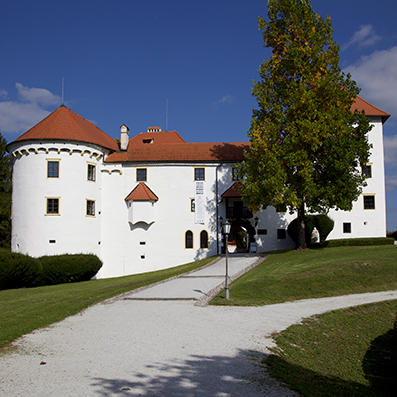COMING SOON! A new Project from the Author behind the HIDDEN WOMEN series
“NAMES”
Precious gems from the Past, Imbedded in Living Memorials
Magdalena first made us aware of names as opulent carriers. We’d cross border upon border, and there she’d be again. As we soaked in luxuriant hot springs, or climbed on remote hillside cemeteries, Magdalena would appear on village placards and gravestones. Each Magdalena Hill gave us rich, elegant views into distant gilded ages that - wait - weren’t these places supposed to be full of barbarians?
The conclusion was unavoidable. What we experienced repeatedly, time after time, struck us at complete odds with what we had been taught to expect. No, the locals are not loathsome beasts who overran the place. Wise, generous and kind, they are Europe’s residents who want to share their sublime sights and wines with you.
Come explore the wonderful world of Celts by deciphering names they’ve left for us like ancient trails of popcorn.



























































































